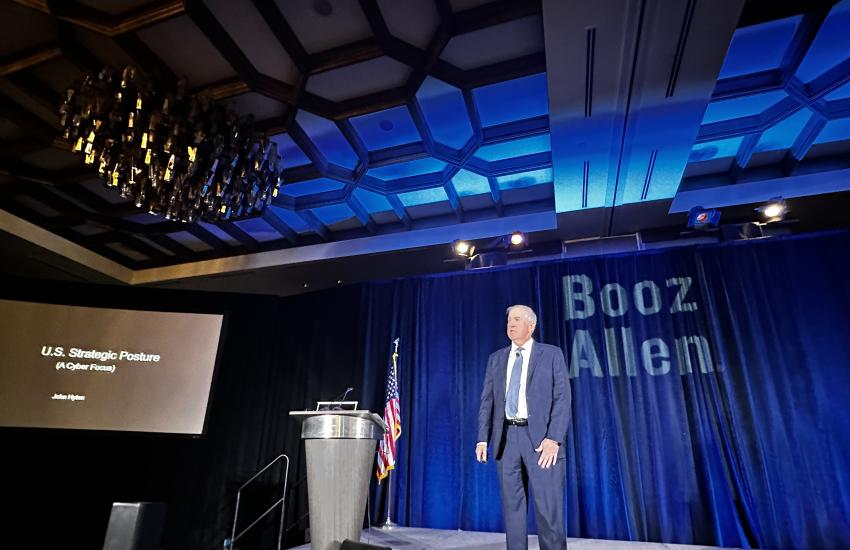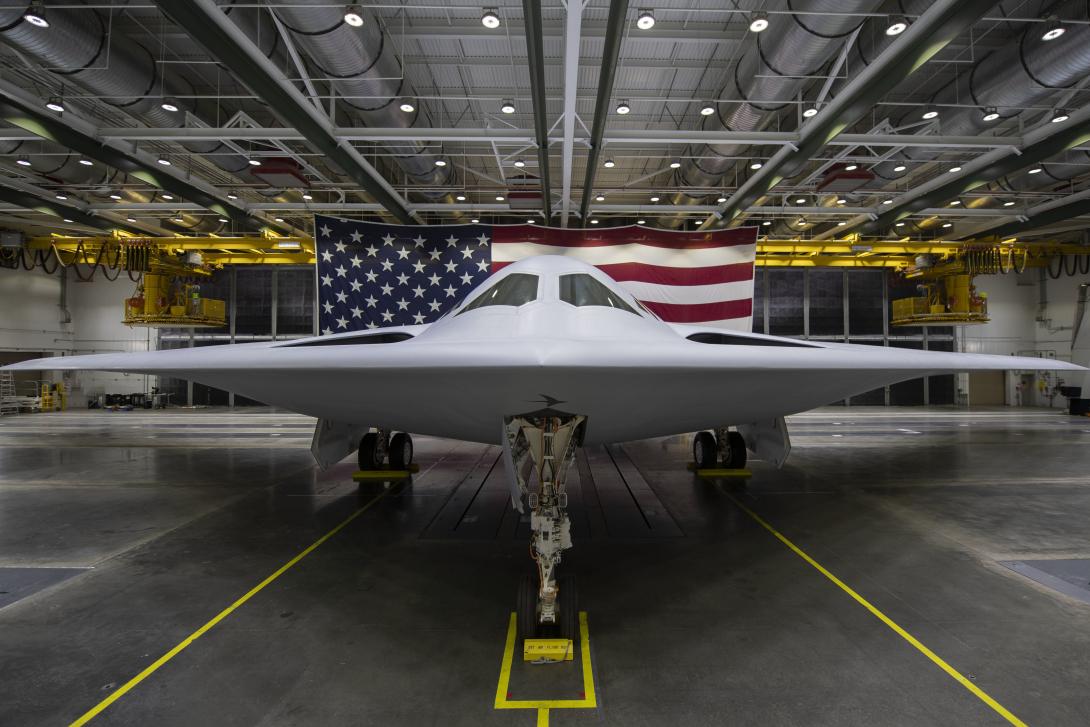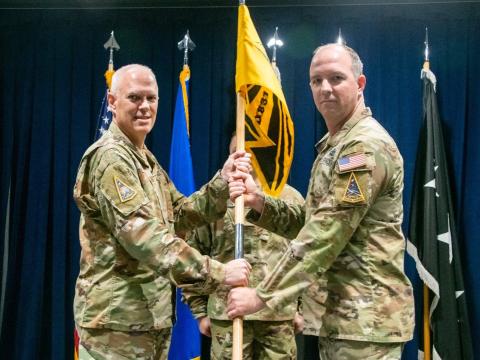United States Must Focus on Its Nuclear Deterrence
Adversaries of the United States, especially Russia and China, are determined to undermine the post-Cold War international order. For the United States to be unprepared for not one but two nuclear peers, is not an option, said Gen. John Hyten, USAF (Ret.), former vice chairman of the U.S. Department of Defense Joint Chiefs of Staff, at AFCEA Alamo’s ACE conference in San Antonio on November 20.
Hyten was part of the 2023 Congressional Commission on the Strategic Posture of the United States, the powerhouse group of 12 bipartisan experts who prepared the first U.S. strategic posture report in 15 years.
In a keynote address at the ACE conference, Hyten shared some of the commission’s findings.
“China’s rapid military buildup, including the unprecedented growth of its nuclear forces, Russia’s diversification and expansion of its theater-based nuclear systems, the invasion of Ukraine in 2014 and subsequent full-scale invasion in February 2022 have all fundamentally altered the geopolitical landscape,” the commission stated in the report. “The U.S. is on the cusp of having not one but two nuclear peer adversaries, each with ambitions to change the international status quote by force if necessary.”
But for some reason, people are ignoring this reality, the vice chairman stated. “Why do we seem to want to ignore the threat?” Hyten asked.
The United States has work to do. The commission recommended “fully and urgently executing the U.S. nuclear modernization program of record (POR),” which includes replacement of all nuclear delivery systems, modernization of their warheads, comprehensive modernization of U.S. nuclear command, control and communications (NC3), and recapitalizing the nuclear enterprise infrastructure at the Department of Defense and Department of Energy.
Moreover, the current modernization program should be further supplemented to ensure U.S. nuclear strategy remains effective in a bipeer nuclear environment, the commission stressed.
Hyten stressed that the United States must be able to simultaneously deter China and Russia. This means fully funding the Sentinel program, the B-21 Bomber, NC3, the Columbia Submarine and the other PORs.

The thing is, though, the military has already moved forward in pursuing these key deterrence capabilities but without the necessary command and control (C2) architecture to bring it all together.
“The problem is that we have not defined the nuclear command and control architecture of the future,” he emphasized. “And we are building these massive weapons systems. We are going like crazy to deliver these capabilities that we will not be able to get any command and control for.”
One of the problems is trying to build a nuclear C2 architecture on which top military leaders can agree. Hyten suggested having the commander of Strategic Command, Gen. Anthony J. Cotton, USAF, and who has to orchestrate strategic responses daily, be the ones given the authority to decide on the architecture.
“They have to do that, and he has to just make the decision and pull the chalk line now,” Hyten said.





Comments